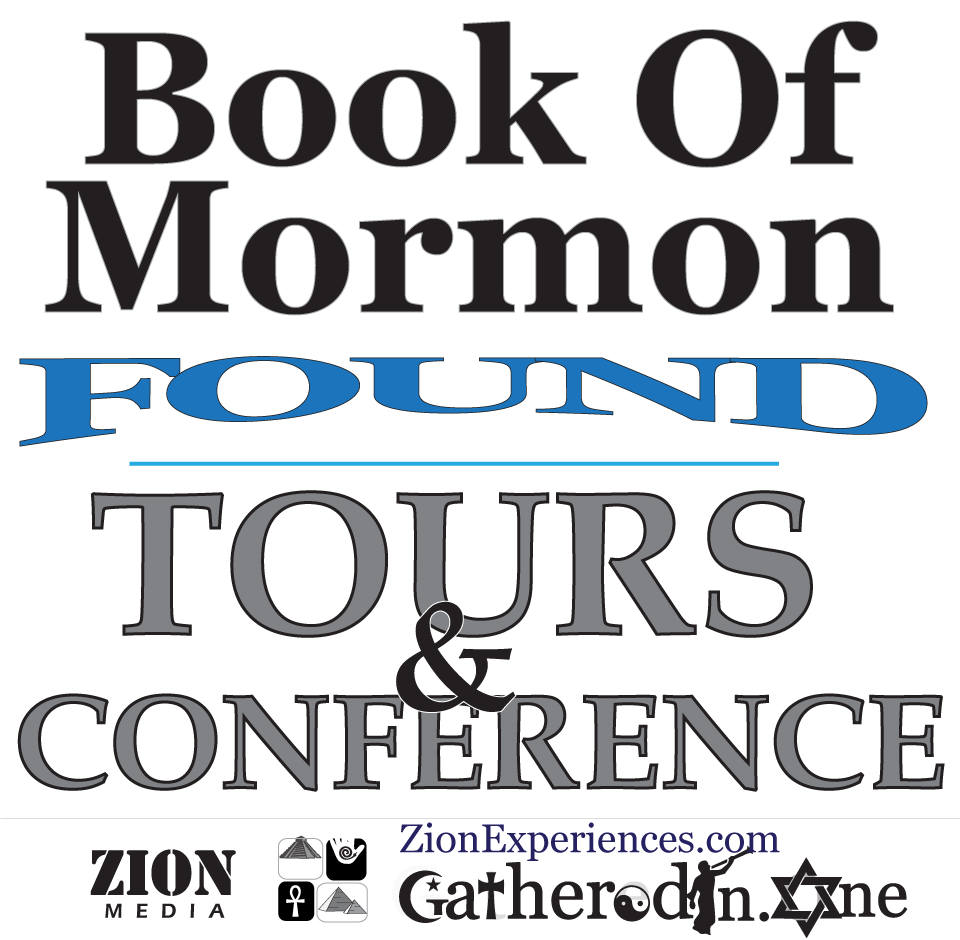North America Archaeology Explorer
Welcome to the North American Archaeology Database. - This database contains 'significant' sites only, but includes over 5,000 sites.
Instructions:
Click on site markers on the map to see available information for the site. To see only sites from a given period of time, click on a tab above the map, or slide the time slider to the desired tabs. If you would like to submit data to the database drop an email on our contact page.
 click here to learn more about my BOM tours.
click here to learn more about my BOM tours.
Toggle Layer Visibility
Site Information
Wikipedia Article
The 'intro' section of site wikipedia articles will be displayed here if available. If none is found consider creating a wikipedia article or submitting a request that available wikipedia articles be added to the database.
Images
Follow these links for relevant photos.
Search Modern Places
Search Google's & ESRI's places database for cities or other places.
Search Archaeology Sites
Use the search bar on the map to search the North American Archaeology Explorer database for archaeological sites.
So far there are about 4000 sites in the database.
Consider submitting a site for inclusion if its not found. (currently, world sites NOT searched)
Coordinate Search
Enter lat & long coordinates and zoom to the location.
Map Controls
Toogle Coordinate Widget
Toogle Tab Header
Toogle Time Slider
Toogle Legend
Toogle Story Pane
Help/Instructions
Note that this app has multiple load states depending on tags in the URL.
Loading with the tag '?view=scene' switches the map to 3d mode which may slow down low performance computers.
The elevation exaggeration in 3D mode can be further configured with the tag '?elevation=x' with x being the desired exaggeration. For instance, '?view=scene&elevation=20' would load 3D mode with 20x exaggeration.
Other conifigurations will be coming soon, such as the ability to get and send a link zoomed into a particular site.
ALSO note that the tabs on top the map, filter the sites by the selected archaeological periods. A similiar effect can be attained by sliding the time slider.
© Application, data and design by Lance Weaver. This map and database represents many long hours of work in both coding and data gathering, and I would appreciate if you don't borrow any of the data/code without permission and proper credit.